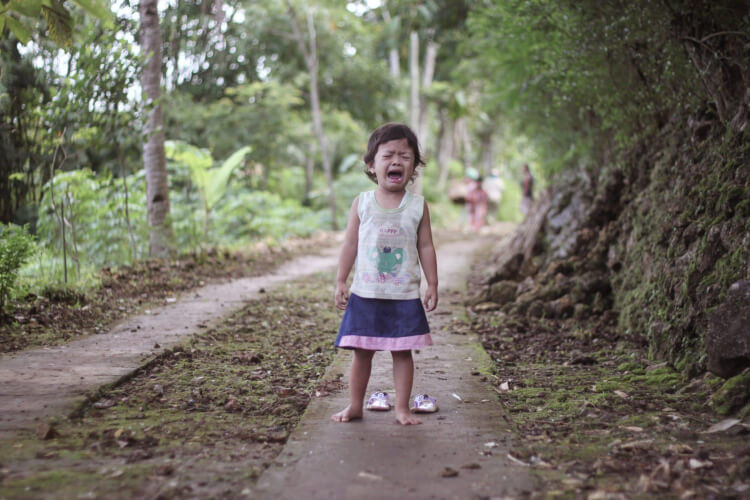
It’s hard to think about children going through something so overwhelming and draining that they become emotionally flooded. Unfortunately, it happens.
Mental flooding can occur for a variety of reasons. In most cases, it’s caused a problem kids can’t fully understand or solve themselves. It could be something as small as hurt feelings in a friendship to not getting their way.
A flooded mental state is usually a short-term scenario. But, in that time, it can be quite intense for the child going through it. For younger kids who can’t adequately express themselves, a flooded mental state can even look like a “meltdown”.
As a parent or caregiver, knowing how to comfortably bring a child back from a flooded mental state can exponentially help them. When you know how to calmly and effectively get them back to a place of peace, they can eventually use those tactics on their own to control flooded mental states as they occur.
Let’s look at three ways you can help.
1. Understand and Accept
The first thing you can do to help a child is to validate their emotions. Getting angry or frustrated because they’re in a flooded mental state is only going to make things worse. It could make them more anxious and cause difficulty communicating.
Talk to them calmly and on their level. Allow them to explain to you how they’re feeling and let them know you understand. Validate their feelings and accept them for what they are.
When a child knows they are truly being heard and understood, they are more likely to calm down and work through those emotions.
2. Diffuse the Situation
Diffusing a flooded mental state will look different depending on the age of a child. For example, if you’re working with a young child, you may simply just have to be patient with them. Let them lead, and look for a moment when their tone shifts into something calmer.
That lets you know they are ready to listen and talk openly. You can ask the child if they need help calming down by saying something like, “I can see you’re very upset. Would you like some help to calm down?” If they say yes, your soothing action could be anything from offering them a hug to bringing them a tissue to wipe their eyes.
Older children might just need some space before they are ready to fully deal with their flooded mental state. If you have a teenager who is having a meltdown, walking away from the situation for a few minutes can help them to self-soothe and calm down until they’re ready to talk.
3. Help Them Solve Problems
Most of the time, a flooded mental state occurs because there is/was a problem, at least according to the child.
That problem might be small to you, but that doesn’t mean you should “cheapen” it for that child. It was obviously a big deal for them, and you should treat it that way.
Once a child has calmed down, you can work with them on how to solve that initial problem. For a younger child who had a flooded mental state over not getting what they wanted, that doesn’t mean you “give in”. You can help them clean up from any sort of “meltdown” they may have had. Then, talk to them about how they can have that item in the future, based on certain conditions.
For teens, problem-solving is all about talking. Ask questions, give guidance, and don’t pressure.
A flooded mental state can be difficult for anyone to handle. But that’s especially true for kids who may not fully be able to process what they’re going through, Play therapy can help. By being a firm, calm foundation for those kids, you can comfortably bring them back from that state and help them move forward. Contact Us to schedule your free consultation.
